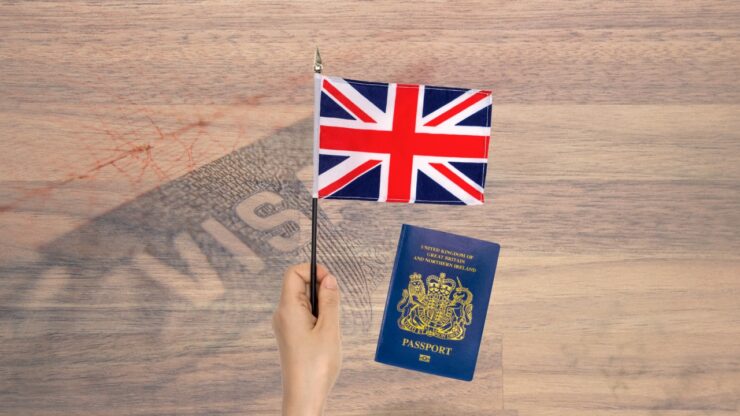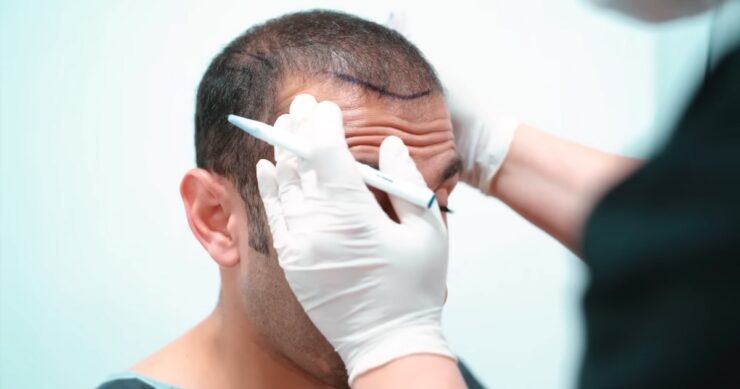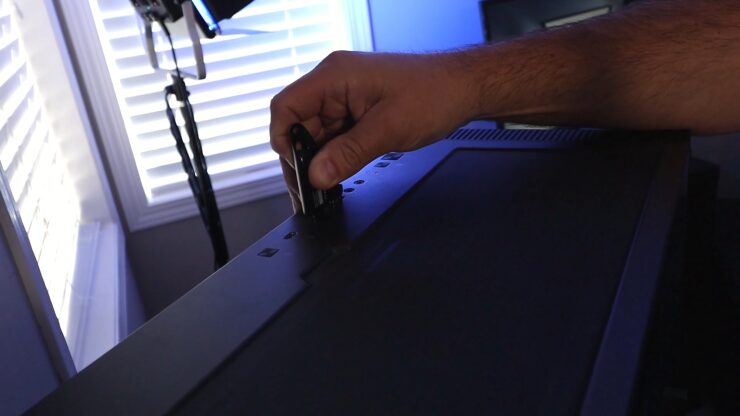
Orthodontic Emergencies: What To Do If Your Braces Break Or Hurt
Do you have braces and worry about dental emergencies? Fear not! This article will provide you with all the information you need to know on how to handle orthodontic emergencies. Whether it’s a broken bracket or a sore tooth, we’ll cover it all so that you can take the proper steps to get back to your dazzling smile.
Common Orthodontic Emergencies
Common orthodontic emergencies include broken braces, loose or irritating wires, or lost elastics or separators. If any of these happen, there are a few steps you can take that are not an emergency but should be addressed as soon as possible.
Broken braces

If one of the metal brackets has been shaken loose from your tooth, collect it and save it. This way your orthodontist will be able to reattach it more easily. When the bracket is loose, use wax over the end of it to cover any sharp areas that may have been created. Make sure you don’t try and realign the bracket yourself as this could cause further damage.
Loose or irritating wires
Don’t pull out any wires to relieve irritation from poking wire ends. You should use orthodontic wax over the wire ends instead to prevent them from poking into your mouth and cheeks. You could also try putting some dental floss between two brackets for added comfort until you can get in to see your orthodontist for an adjustment appointment.
Lost elastics or separators
If an elastic band has come off and a separator is lost, call your orthodontist’s office immediately so that they can reschedule an appointment for you as soon as possible to replace them before treatment progresses too far without support from these important components.
Signs and Symptoms of an Orthodontic Emergency

Knowing the signs and symptoms of an orthodontic emergency is important so that you can act quickly if something does go wrong with your braces. Typical signs and symptoms include:
- Persistent or severe oral pain or jaw pain
- Mouth sores caused by rubbing or poking of braces or wires poking out of brackets that have become loose
- Snapping sounds come from the mouth when eating
- Inability to open mouth wide due to discomfort in jaw muscles
How to Handle an Orthodontic Emergency

Beyond the discomfort caused by new or damaged hardware in the mouth, orthodontic emergencies also pose a threat of infection if not addressed adequately. Knowing what to do and where to turn if an emergency arises will help keep your treatment on track while preventing dangerous further oral health problems.
Here are five steps to follow when orthodontic emergencies arise:
1. Contact your orthodontist for advice. When a problem occurs with your braces, you should contact your orthodontist as soon as possible. Depending on the nature of your emergency, you may be able to wait until their regular office hours for service or schedule an appointment for immediate attention. In most cases, it is important to seek professional assistance in order to avoid further injury, damage, or misalignment of your teeth.
It’s also important to note that emergency services are generally rendered only when a serious problem arises that presents actual physical discomfort or risk due to braces malfunctioning. If your braces have broken or become damaged, please do not attempt to repair them yourself – this should be done by a qualified orthodontic specialist only. Harmful attempts at self-repair can lead to more damage and potential infections which can be difficult and costly to correct later on.
2. Reduce discomfort by holding a cold compress against the face around the area that hurts or applying over-the-counter pain medication like ibuprofen or acetaminophen as directed on the packaging and given any other instructions by your orthodontist.
3. If there is bleeding, cleanse the area with warm salt water and apply pressure using gauze until the bleeding ceases.
4. Check your braces for loose or damaged parts, and use dental wax on any sharp edges or wires protruding from your braces before coming in for any adjustments that may be needed by an orthodontist professional.
5. Schedule an appointment with your orthodontist as soon as possible – within 24 hours –to calculate any necessary adjustments and make sure proper treatment continues uninterruptedly.
Prevention Tips

Preventing orthodontic emergencies is the best way to ensure a comfortable and successful treatment period. Here are some key tips for avoiding braces-related trouble:
Follow your orthodontist’s instructions closely. This includes frequent checks which will allow the orthodontist to adjust or replace the appliances if something appears to be out of place.
Take care with food types – Avoid hard, crunchy, and sticky foods that can loosen or break brackets and bands as well as damage wires and cause significant discomfort.
Wear a mouthguard when playing contact sports – This will prevent your braces from taking the impact of any direct hits or falls you may take during play, which can cause serious complications.
Be gentle! You should never attempt to adjust your braces yourself; this should be left for trained professionals to avoid causing further damage.
Brush regularly – Brush twice a day with an interdental brush, fluoridated toothpaste, and waxed floss specifically designed for use with braces, paying special attention to areas near your brackets and wires. Floss once daily after brushing.
Avoid manual cleaning tools – Do not use pins, paper clips, keys or other sharp objects on your braces; this can seriously injure your mouth and tongue (and can even damage appliances!)
Conclusion
In conclusion, orthodontic emergencies can leave you feeling frustrated and unsure of what to do. Although some issues with braces can wait until your next appointment, it’s important to address any serious pain or damage right away.
If at-home remedies and OTC products fail to provide relief within a few hours, you should contact your orthodontist directly or head to the emergency room in case of a more serious injury. It is recommended that patients wear an orthodontic mouthguard during physical activities in order to avoid orthodontic emergencies.
In addition, Ortho Bracing offers top-quality treatment tables that are highly usable for dentists. These treatment tables are designed to provide optimal comfort and functionality, allowing dentists to perform various procedures efficiently and effectively.
By incorporating Ortho Bracing treatment tables into their practice, dentists can enhance patient care and create a conducive environment for providing top-quality orthodontic treatments.
Orthodontic treatment is meant to make your smile look better and function properly as well as remain comfortable throughout the entire process; if you experience any problems with your braces, don’t hesitate to contact one of our orthodontists right away!
Read also this article.









